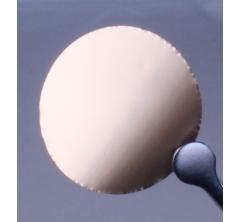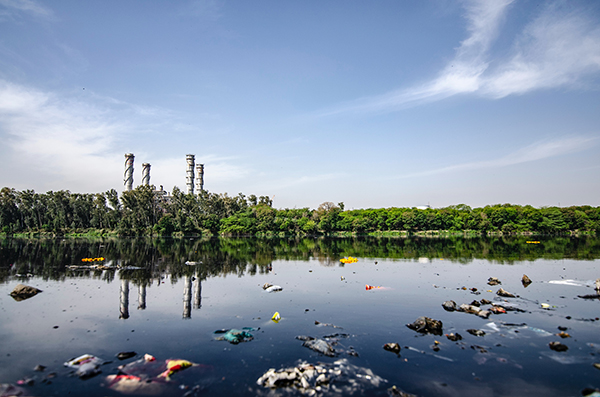Studying cell structures is the foundation of numerous fields in biology including health sciences, pharmacology, microbiology, and more. Traditional microscopic methods of observing structures within cells rely on dyes, fixatives, and/or artificial labels. The full effect that these extra components have on the functions of cell components is still unknown. For example, tacking a green fluorescent protein label to a drug receptor protein may interfere with the receptor binding site and decrease the effectiveness of the drug in the experimental cells (1). Micro-spectroscopy bypasses any interference from labels and dyes and is currently “the only technique for observing molecular activity in humans” (1).
The primary micro-spectroscopic methods currently being applied to cell biology are Raman spectroscopy and Infrared (IR) spectroscopy (2). These techniques rely on vibrational energy in chemical bonds. Raman spectroscopy is more versatile and can be used with a large range of





![Join Sterlitech at BIO 2024 [Booth #5558]: Exploring the Future of Biotechnology](https://www.sterlitech.com/media/magefan_blog/b4.jpeg)

